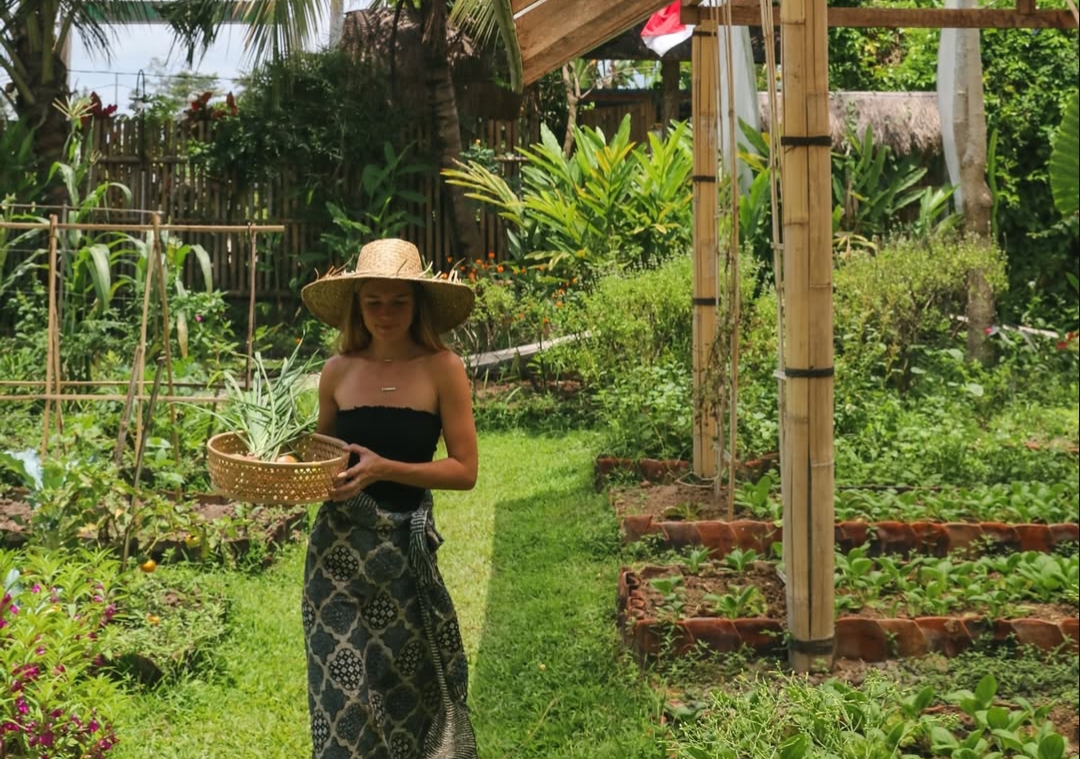In the heart of Bali’s lush countryside, where the air is thick with the scent of clove trees and the mist lingers on rolling hills, lies an extraordinary natural and cultural landmark—Bunut Bolong.
Nestled in Manggissari Village, Pekutatan District, Jembrana Regency, this towering banyan tree, with its gnarled roots and a tunnel-like passageway carved through its base, is more than just a scenic attraction. It is a site steeped in history, spirituality, and enduring folklore.
Bunut Bolong, located approximately 86 kilometers west of Denpasar and 49 kilometers east of Negara, is no ordinary tree. Its massive trunk, pierced by a road that connects Jembrana to Buleleng, has stood for over a century, witnessing the transformations of Bali’s landscapes and societies.
Unlike naturally hollowed-out trees, this passage was intentionally expanded—tracing its origins back to the colonial era when Dutch forces sought to carve a more accessible route through the dense forests of western Bali.
Initially, only a narrow footpath passed beneath the tree, used by villagers for daily commutes. However, during the Dutch occupation, forced laborers were made to widen the opening to accommodate military vehicles. As the story goes, the effort came at a great cost.
Many workers reportedly perished during the excavation, leading to the tree being revered as a sacred site. Over time, a shrine was erected beside it—a place where travelers and locals alike offer prayers before passing through.
Beyond its historical weight, Bunut Bolong is deeply embedded in local beliefs. According to Balinese Hindu tradition, certain individuals should avoid passing through the tree’s hollowed base.
Newlyweds, for instance, are strongly discouraged from crossing through, as local lore suggests that doing so may bring misfortune to their marriage—either resulting in infertility or separation. Similarly, unmarried couples who dare to venture through the tunnel together are believed to be destined for an ill-fated romance.
To accommodate these cultural sensitivities, an alternative route has been constructed beside Bunut Bolong, allowing those who heed the warnings to bypass the tree without disrespecting the traditions.
Despite its mystical aura, Bunut Bolong is a celebrated travel destination, drawing visitors eager to witness its breathtaking surroundings. The road leading up to the tree is flanked by vast clove plantations, creating a picturesque journey through Bali’s highlands. The crisp mountain air and tranquil atmosphere make it a favored stop for nature lovers and spiritual seekers alike.
Since the 1980s, local authorities and community-led tourism initiatives have worked to preserve and promote Bunut Bolong. What was once a hidden landmark, known only to locals, has now gained recognition as an essential stop for those exploring Bali’s western regions.
For those who visit, Bunut Bolong is not just a tree—it is a symbol of resilience, a bridge between the past and present, and a living testament to the island’s deep-rooted spiritual traditions. Whether you come to marvel at its natural grandeur or to seek blessings at its shrine, one thing remains certain: the echoes of history whisper through its ancient branches, reminding all who pass of the unseen forces that shape Bali’s land and people. (BT)





